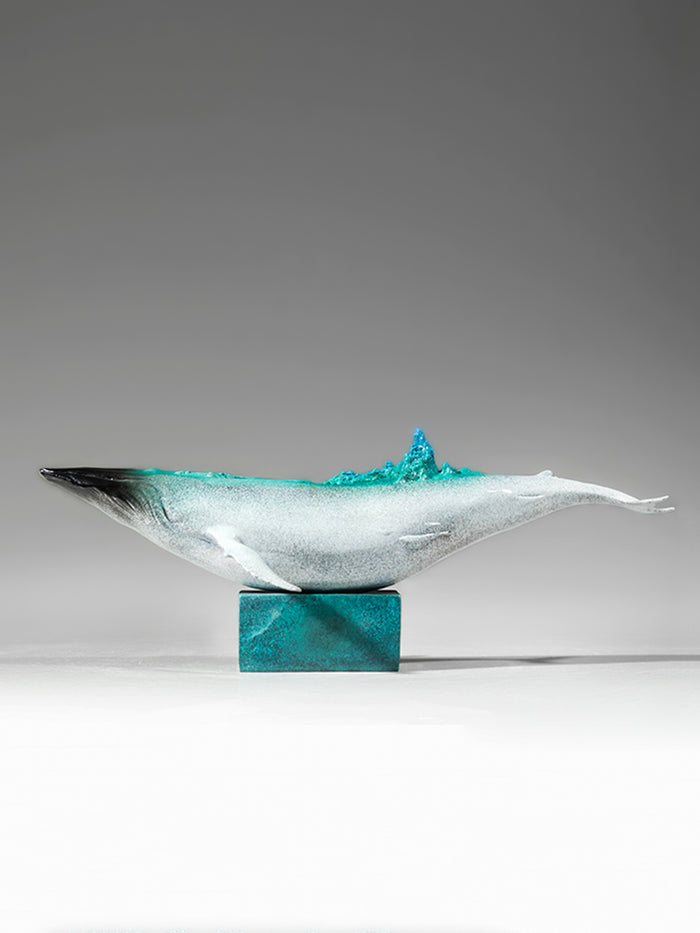
# Chinese Craftsmanship: A Timeless Legacy of Artistry
## The Rich History of Chinese Crafts
Chinese craftsmanship has a history spanning thousands of years, with each dynasty contributing unique techniques and styles. From the intricate jade carvings of the Neolithic period to the delicate porcelain of the Ming and Qing dynasties, Chinese artisans have perfected their skills through generations of practice and innovation.
The development of Chinese crafts is deeply intertwined with the country’s cultural and philosophical traditions. Confucianism emphasized the importance of precision and dedication, while Daoism inspired artisans to work in harmony with natural materials.
## Iconic Chinese Craft Traditions
### Silk Weaving
China’s silk production dates back to at least 2700 BCE, when the legendary Empress Leizu discovered silk-making. The complex process of sericulture and weaving became a closely guarded state secret for centuries. Today, traditional silk weaving techniques are still practiced in regions like Suzhou and Hangzhou.
### Porcelain Making
Chinese porcelain, often called “china” in the West, represents one of China’s most famous craft exports. The development of high-fired ceramics reached its peak during the Song Dynasty (960-1279), with famous kilns producing exquisite celadon and blue-and-white wares.
### Cloisonné Enamel
This intricate metalworking technique involves creating designs with metal wires and filling the compartments with colored enamel pastes. Beijing became the center of cloisonné production during the Ming Dynasty, creating vibrant decorative objects that were prized by emperors and foreign traders alike.
## Regional Craft Specializations
China’s vast geography has led to distinct regional craft traditions:
Keyword: Chinese crafts
– Jiangsu Province: Known for Suzhou embroidery and purple clay teapots
– Zhejiang Province: Famous for Longquan celadon and bamboo weaving
– Fujian Province: Home to lacquerware and wood carving traditions
– Yunnan Province: Renowned for silver jewelry and batik textiles
## The Philosophy Behind Chinese Craftsmanship
Traditional Chinese crafts embody several key philosophical concepts:
– Jing (精): The pursuit of perfection and refinement
– Qi (气): The vital energy or spirit infused in handmade objects
– Shen (神): The divine or transcendent quality of exceptional work
Artisans often spend decades mastering their craft, believing that true skill comes from years of patient practice and spiritual cultivation.
## Preservation and Innovation
In recent years, there has been a renewed interest in preserving traditional Chinese crafts while adapting them for contemporary audiences. Government initiatives and private organizations are working to:
– Document endangered craft techniques
– Train new generations of artisans
– Develop modern applications for traditional crafts
– Promote Chinese craftsmanship globally through exhibitions and cultural exchanges
Many young designers are now blending ancient techniques with modern aesthetics, creating innovative products that honor tradition while appealing to today’s consumers.
## The Global Influence of Chinese Crafts
Chinese craftsmanship has significantly influenced art and design worldwide:
– European porcelain makers spent centuries trying to replicate Chinese techniques
– Chinese silk patterns inspired textile designs across Asia and Europe
– The simplicity of Song Dynasty ceramics influenced modernist design principles
– Contemporary artists continue to draw inspiration from Chinese craft traditions
As China continues to embrace its cultural heritage while looking toward the future, its rich craft traditions remain a vital part of the nation’s identity and a gift to world culture.
